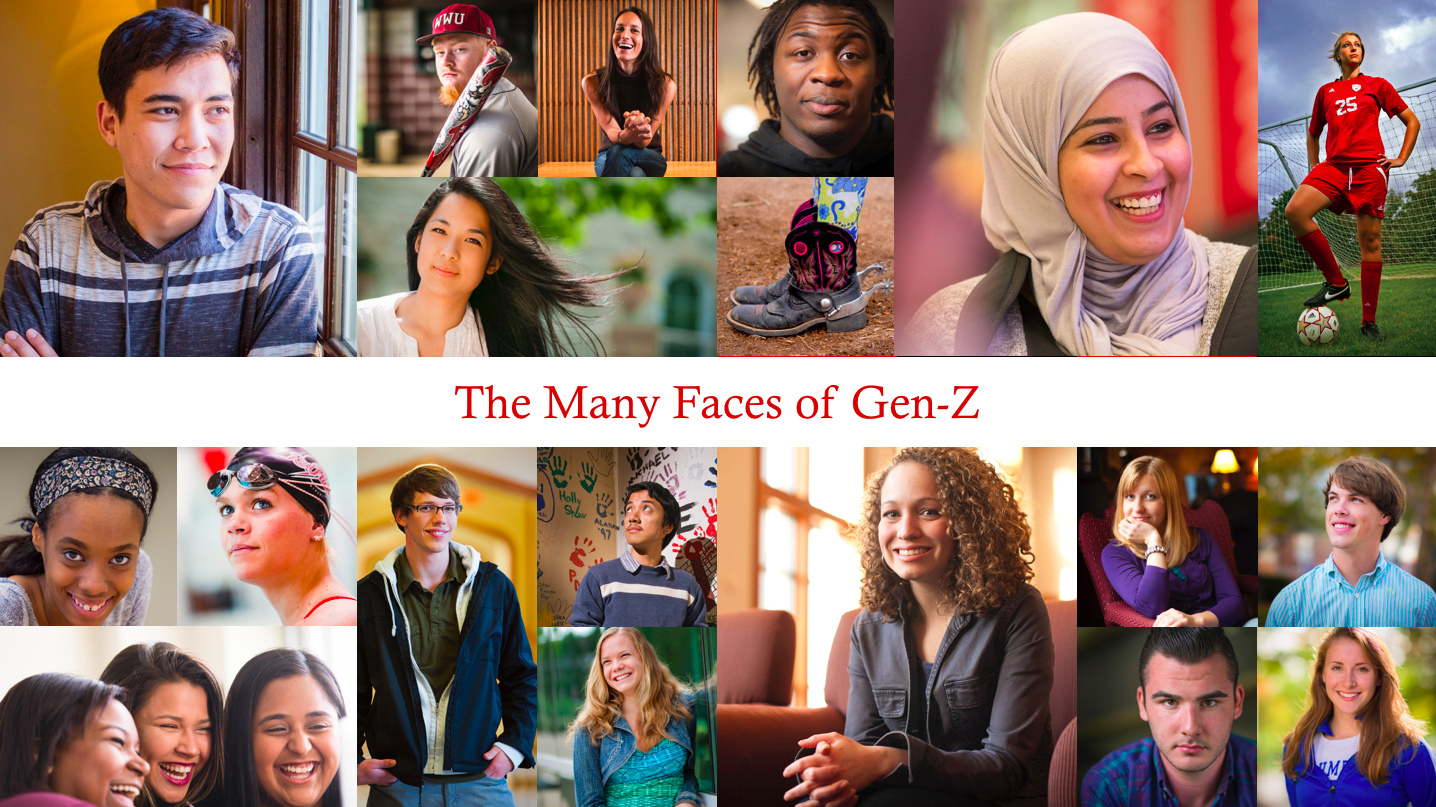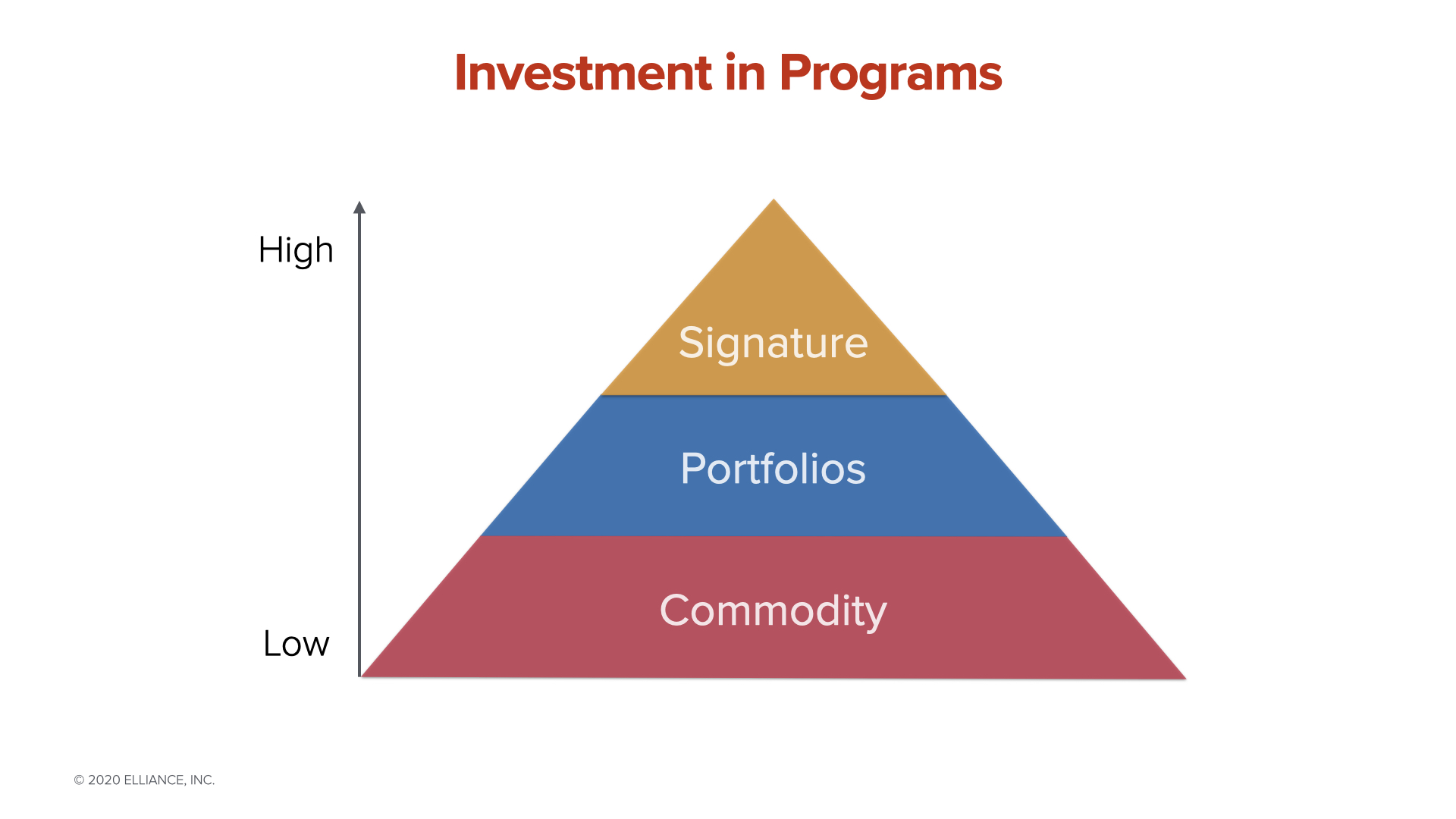| Jan 16, 2021
Ten Higher Education Marketing Trends for 2021

2021 is finally here. Here are some of our predictions for this coming year. Covid’s drag on students and colleges will persist at least through the summer. The previous administration’s negative impact on international recruitment will begin to ease. Celebration of diversity will be in vogue again due to continued growth in underrepresented students. Paid media prices will continue their meteoric climb. The absence of high-school travel and standardized test-takers will continue. Due to economic uncertainty, the decline in number of high school graduates enrolling in college immediately after high school will continue.
In this time of volatile change, here is our advice for higher education marketers to overcome the challenges and make the most of emerging opportunities:
1. Celebrate Diversity
Gen-Z and Millenials are race-blind, faith-blind and gender-blind. As part of the most diverse generation in U.S. history, they take diversity for granted. They accept, not just respect, others for who they are – irrespective of their race, religious beliefs, and their gender preferences.

2. Celebrate Your Heroes and Their Achievements
College is the gateway to a student’s ambitions and ultimate destiny. Remember, students and faculty, not the institution, are the real heroes of your story. Celebrate them and their journeys. Tell their stories with gusto.

3. Celebrate Your Brand
In the sea of sameness, brands win. Stand for something unique and let the world know about it. Speak with one brand voice to all audiences striking different notes for each audience segment. Tell a better story. Provide proof of your brand claims. Infuse your brand in every touch point.
Distill the argument for your brand in a brand anthem video. Here is one example of a brand anthem video we produced for New York Chiropractic College:
And another one for Boler College of Business at John Carroll University:
4. Project Your College as a School of Consequence
You must look and behave like a school of consequence.
- Invest in first impressions. In the era of Covid, all your digital touch points must be right, tight and bright. Fortify every touch point – including websites, social media channels, your Wikipedia entry, email signatures, newsletters, tours, information sessions, and all presentations.
- Celebrate your star students, alumni and faculty because they, not the institution, are the real heroes of your story.
- Amplify your college blog, YouTube channel and publications to achieve Google page 1 rankings. Weaponize your content based on your schools’ thought leadership, innovation, and intellectual capital with a Keyword Lexicon, and an ongoing search engine optimization campaign that attains top Google rankings and fosters social sharing. Invest in a more robust content mix for your college academic blog, developing a deep archive of student and alumni stories that can be used by your enrollment counseling and marketing teams. Prioritize stories of audiences that drive institutional revenue.Develop a “SEO Keyword Guide” comprised of keywords and phrases your college can rightfully claim.Infuse your stories with targeted search engine optimization keywords to realize regional, national and international Google page 1 rankings.
- Organize virtual conferences and annual professional meetings in your areas of distinction. These give peers and recruiters a reason to engage with your faculty, students and alumni.
- Create an enviable peer and corporate advisory board. Invite aspirational peers and recruiters to your advisory board and involve them in teaching, shaping your curriculum and charting your institutional future.
5. Invest in the Marketing of Signature Program Portfolios
Lead with strengths. Fortify signature program pages with high-fidelity content. Market distinctive programs where you have an indisputable competitive advantage.

Fight the temptation to start new me-too programs. No one has realized prosperity with me-too commodity offerings.
6. Embrace Inverted Enrollment Funnel
Abandon traditional student search models. Hunt like sharks. Don’t feed like whales. The era of buying prospects names, spamming them, seeing who sticks, and praying some convert is over. Tell stories of successful students and alumni; let like-minded prospects find them. Embrace new digital methodologies based on micro-segmentation, machine learning, big-data algorithms and affinity groups. Think right-fit, admission pipes and inverted admissions funnels, not traditional admissions funnels.
7. Claim Your Local SEO Rankings
One third of students are considering attending a local/regional school due to fear of contracting coronavirus far from home. Prioritize existing budgets to give your top 10 most distinct academic program pages an immediate boost towards page-one local/regional SEO rankings.
Since more than 20% of searches are local and one third of students are considering attending a local/regional college due to fear of contracting Corona far from home, re-prioritize your SEO efforts to win page-one local/regional SEO rankings. “Bake” phrases such as ‘near me’ and geographies you serve into the page copy of all your programs.
8. Embrace Voice Search
We have entered a new era of “natural language”, “sentence based” and “question based” search with the advent of voice-activated search on mobile phones (like Google Assistant, Siri, Microsoft Cortana and Amazon Alexa) and gadgets like Amazon Echo, Google Home, Apple HomePod and others. 30 percent of searches are now voice driven. Get ready for the voice era by taking the following steps:
- Write colloquially. Since people won’t change their speaking habits for the computer, write new content using everyday vernacular.
- Write page summaries. Write short, persuasive, 29-word page summaries above the screen fold on long-form pages. These summaries act as pop-up snippets served up by voice searches on mobile devices and home gadgets; they also appear as answer boxes on desktop search results.
- Build social shares. Implement social share campaigns because the more shared the page is on Facebook, twitter, LinkedIn and other social channels, the more likely it will surface on voice search.
- Think Globally. Act Locally. Since more than 20% of searches are local, add phrases such as ‘near me’ into your copy, especially if your college is a local or regional brand.
- Rank high on desktop/mobile search. If a website is not ranked on desktop/mobile search, it is unlikely that it will be ranked on voice search. Therefore, focus on achieving top rankings on desktop/mobile search for your college website.
9. Create Story-based Virtual Tours
Create a virtual tour that combines the best of still photography, student/alumni testimonials/quotes and a sense of place and culture. Use the testimonials/quotes to convey your school’s culture, not as a way-finding device. Don’t show a dorm as a physical space, tell the story of a dorm friendship that endured for many years.
Imagine creating a digital version of iSpeak booklet which we produced for North Central College, or the Wellesley 100 microsite.
Alternatively, engage student ambassadors to post authentic Instagram moments a couple of times a week.
10. Embrace Experimentation
If your college is investing at least 10% of your revenue in marketing like academic leaders are, set aside some play money to explore new marketing tactics, strategies and channels. Remember that your prospects are surrounded by an increasing proliferation of channels. Invest in content and paid media to see if these channels generate better returns.

If you are seeking higher education marketing agencies to grow your enrollment, endowment and reputation, view our higher education marketing capabilities and consider partnering with us.


